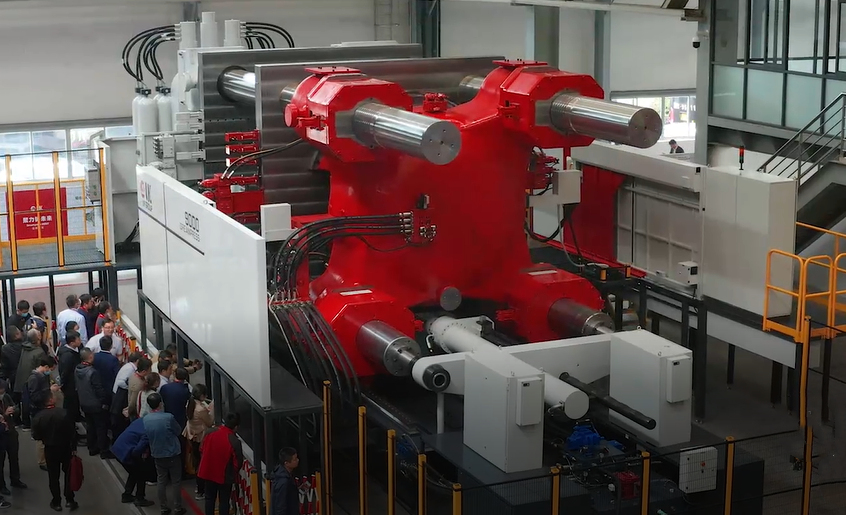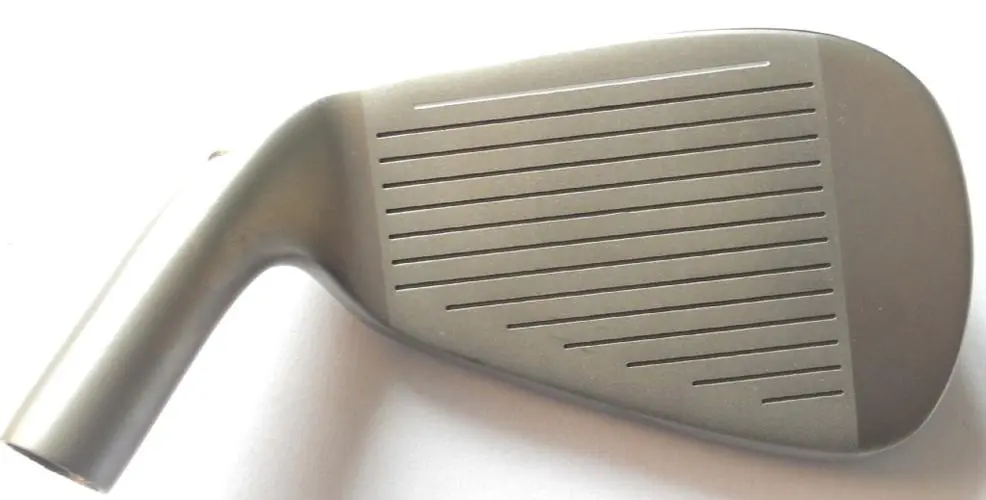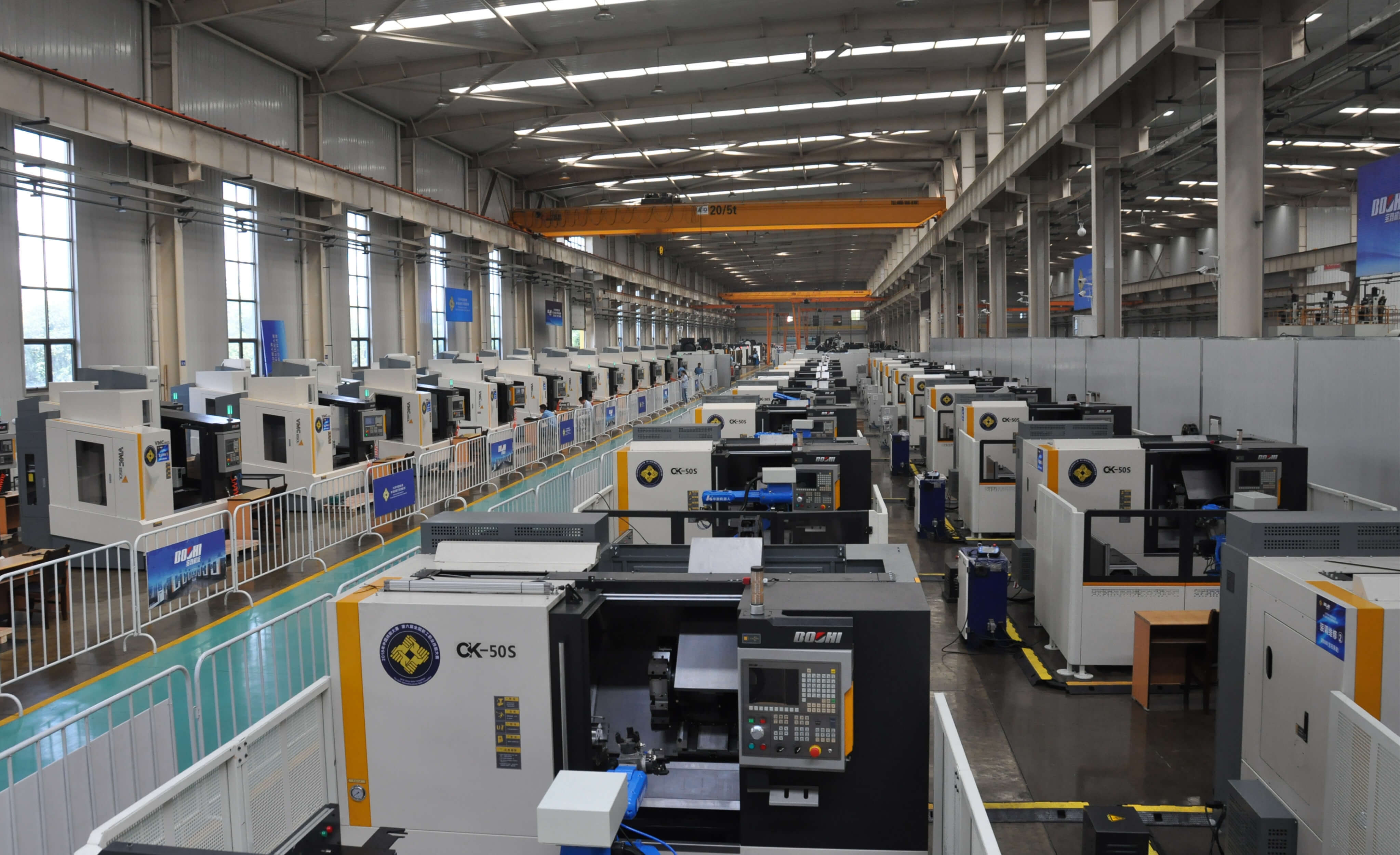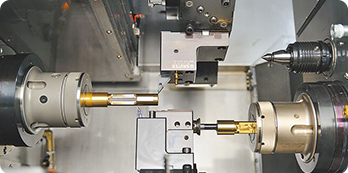What are the types of shaft? How to design a shaft part?
2024-6-1

A shaft is basically a rotating part of any machine, having a circular cross-section, used to transmit power from one part to another or from a power generating machine to a power absorbing machine. To transmit power, one end of the shaft is connected to the power source and the other end is connected to the machine. Shafts can be solid or hollow as desired, with hollow shafts helping to reduce weight and provide advantages.
Shaft is one of the very important elements used in machines. They are used to support rotating parts such as pulleys and gears. They are supported by bearings located in the rigid machine casing. Gears and pulleys located on the shafts help transmit motion.
Many other rotating elements are keyed onto the shaft. The shafts are subjected to bending moments and torsions due to the reaction forces of the members they support and the torque generated by the transmission of power.
The shaft always has a circular cross-section and can be hollow or solid. Shafts can be classified as crankshafts, linear shafts, articulated shafts or flexible shafts, but linear shafts are usually used to transmit power.
Shafts are usually designed as steep cylindrical rods so that they have different diameters throughout their length, although shafts with a constant diameter are easy to produce.
The magnitude of stress in a stepped shaft varies with its length. Shafts with a uniform diameter are not suitable for disassembly, assembly, maintenance, and these shafts create complications when fastening the parts mounted on them, especially bearings.







